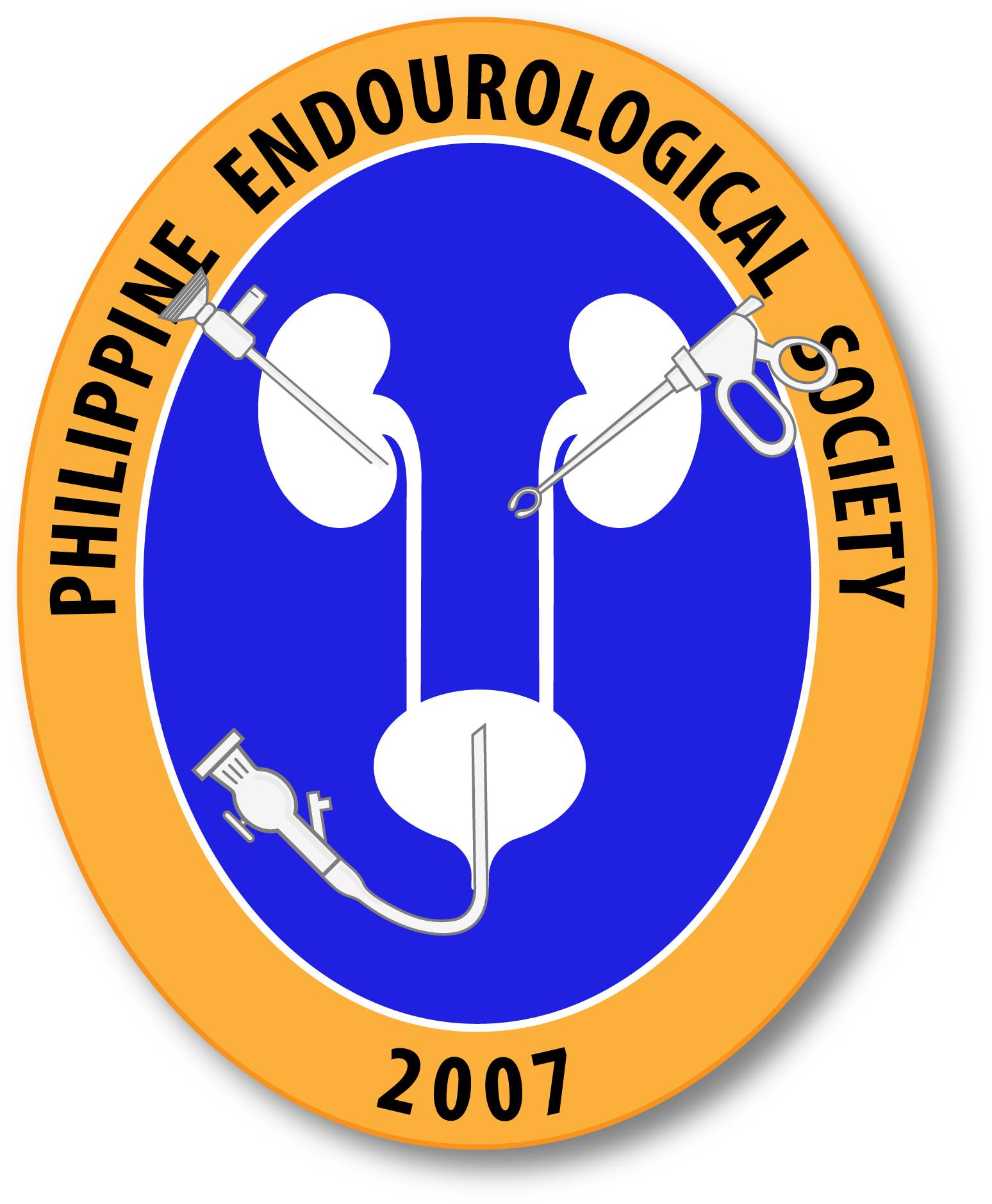Nitric oxide (NO) is known as the key factor involved in initiating and maintaining an erection. Therefore, NO supplementation may be a target for erectile dysfunction. However, the use of NO donors carries the risk of systemic side effects. Recently, novel NO donors, such as a light-controllable NO donor or NO donor in nanoparticles, have been developed. In this review, we introduce such novel compounds and methods.
To review light-controllable and nanotechnological NO donors for the treatment of erectile dysfunction.
We conducted a review of relevant articles via PubMed in December 2018.
In this study, we reviewed novel NO donors, such as light-controllable NO donors and nanotechnological NO donors.
Some light-controllable NO donors have been already reported. A light-controllable NO donor without metal has also been recently developed. Light-controllable NO donors and light irradiation can control the release of NO spatiotemporally. In an isometric tension study, a relaxing response of the aortic tissue and penile corpus cavernosum was observed under light irradiation with a light-controllable NO donor. In addition, the effects of nanoparticles and nanoemulsions containing sodium nitrate on erectile function have been reported. The nanoformulation containing an NO donor can likely be absorbed percutaneously and, thus, enhance erectile function.
A light-controllable NO donor might be useful for treating erectile dysfunction because light irradiation is a convenient method to be applied for patients. However, light permeability might be an issue that needs to be solved. Nanoformulation is also likely to be a useful, non-invasive approach. The application of these procedures and compounds may help in the development of future treatments for erectile dysfunction. Hotta Y, Kataoka T, Taiki Mori T, et al. Review of a Potential Novel Approach for Erectile Dysfunction: Light-Controllable Nitric Oxide Donors and Nanoformulations. Sex Med Rev 2019;XX:XXX-XXX.
Sexual medicine reviews. 2019 Jul 24 [Epub ahead of print]
Yuji Hotta, Tomoya Kataoka, Taiki Mori, Kazunori Kimura
Department of Hospital Pharmacy, Graduate School of Pharmaceutical Sciences, Nagoya City University, Nagoya, Japan., Department of Clinical Pharmaceutics, Graduate School of Medical Sciences, Nagoya City University, Nagoya, Japan., Department of Hospital Pharmacy, Graduate School of Pharmaceutical Sciences, Nagoya City University, Nagoya, Japan; Department of Clinical Pharmaceutics, Graduate School of Medical Sciences, Nagoya City University, Nagoya, Japan. Electronic address: .
